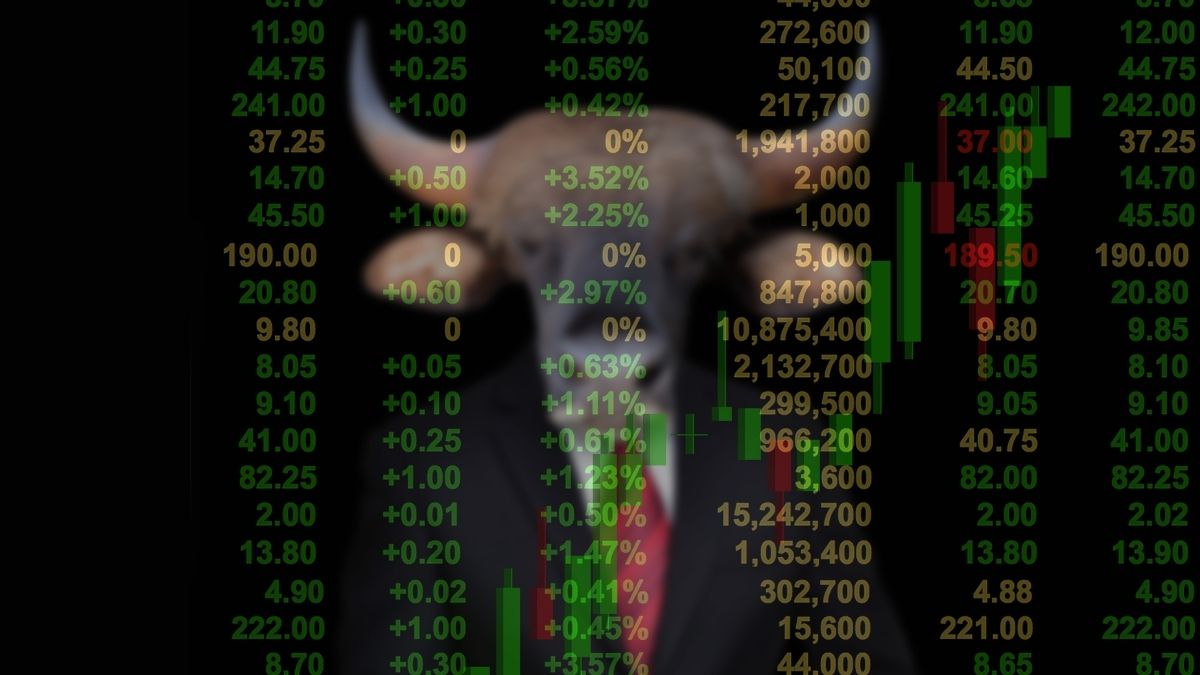Shares of Indian Energy Exchange (IEX) may remain under pressure following the Central Electricity Regulatory Commission’s (CERC) approval to implement market coupling for the Day-Ahead Market (DAM) segment by January 2026. While this structural reform threatens IEX’s dominance, it could open up significant opportunities for other players like Power Exchange India Ltd (PXIL) and Hindustan Power Exchange (HPX).
Market coupling: what changes
CERC has confirmed that all day-ahead trades across power exchanges will be routed through a Market Coupling Operator (MCO), which will determine a uniform market clearing price across platforms. Power exchanges will act as the MCO on a rotational basis, and CERC staff will initiate stakeholder consultations and propose amendments needed to implement the coupling.
Currently, IEX commands near 100% market share in both the DAM and Real-Time Market (RTM), and about 40% in the Term-Ahead Market (TAM). DAM alone accounts for 46% of IEX’s volumes, according to a Bernstein note, which also downgraded IEX’s target price to ₹122 from ₹160, citing the “full impact of market coupling.”
Who gains?
The move to market coupling is expected to level the playing field among India’s power exchanges. PXIL and HPX, which have historically struggled with liquidity due to IEX’s scale advantage, now stand to benefit from equitable access to market participants.
- PXIL, backed by the National Stock Exchange and NCDEX, has long been second to IEX but may now see increased volumes and visibility.
- HPX, a newer entrant promoted by PTC India and BSE, could use the new framework to improve traction and customer onboarding.
Analysts believe the uniform pricing mechanism under market coupling will encourage traders and utilities to choose exchanges based on user experience, fee structures, and technology platforms, rather than just liquidity.
Experts suggest that while the shift may reduce IEX’s pricing power, it could enhance efficiency in power markets and improve integration of renewables. It may also result in more transparent price discovery, which benefits large consumers and distribution companies (DISCOMs) seeking better tariff optimization.
Moreover, smaller exchanges could grow faster, driven by competitive service models and aggressive customer acquisition—something not possible earlier due to IEX’s liquidity moat.
While IEX adjusts to the upcoming regulatory headwinds, the big structural reset in power trading is underway. For investors and policy watchers, the rise of PXIL, HPX and possibly new entrants marks the beginning of a more democratic and competitive power market in India.


